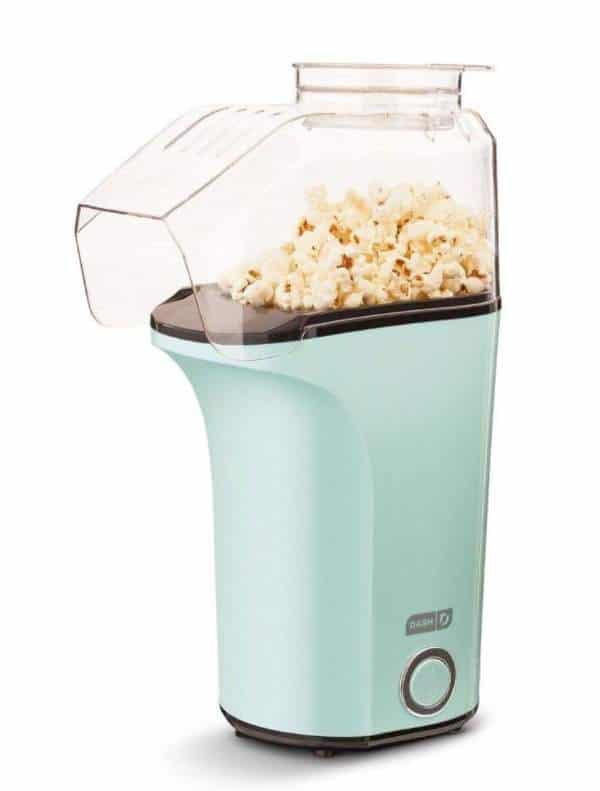Target and other big retailers that sell a wide range of products present a challenge to those who wish to track their spending.
Target has been around for decades, but it only hit my radar in college, when the first one opened in Suburban Philadelphia where I grew up.
But now, Target is inescapable, with almost 2,000 stores at the time of writing.
It’s been fascinating to see how Target has, more or less, taken over the retailing world. While Walmart owns the rural areas and the super price-conscious, and high-ticket retailers like Nordstroms struggle to figure out who they are selling to, Target has gone from strength to strength.
Indeed, Target these days feels like the brick and mortar Everything Store, like Amazon but less like the mafia.
Because of its omnipresence in household spending, Target ends up coming up in sessions with my clients almost as often as Starbucks does.
And therefore, we need to talk about how to manage your spending at Target.
As always, I’m not here to tell you that you should spend less, so don’t expect to be chastised. But Target does pose some specific challenges, so we should talk about them.

Table of Contents
Buying everything at Target
I’m sure you’ve had this experience: You go to Target, wanting just one particular thing, and end up with a shopping cart full of items—and sometimes not the thing you went there for!
I get it. I’ve been there too.
Groceries? Check. A new outfit? Check. A new teal electric popcorn maker? Why not get two?
Spending categories
If you’ve hung out here for any more than five seconds, then you know that I recommend that you track your spending so that you can have maximum visibility into what you do, and therefore can make informed decisions and adjust your spending as you wish.
More to the point, I want you to track your spending in categories. Categories like:
- Groceries
- Restaurants
- Gas
- Clothing
- Pets
- Medical
- Beauty
Note that these are just the areas where spending isn’t fixed, not areas like rent and insurance.
This is where you have the most control over your financial situation.
And Target is where that control goes to die.
The problem with automatic tracking
Not only do I want you to track your expenses, but I want you to do it manually, with paper, or in a spreadsheet or other document. (If you sign up for my free Money Reset course, you can download a document I use.)
A common pushback I get from people who don’t want to do this work is that they say don’t need to manually track their expenses, because they can just log in to their bank and look at their expenses there.
In response, I ask: “what category would your Target run go under?” 🤔
I would argue that it’s possible to go to Target and spend on every single category you have! So how exactly are you going to automatically track expenses when you shop at Everything Stores like Target?
The solution
The solution to tracking your Target purchases is to divide your purchase into multiple categories.
I don’t mean that you need to split up your cart or anything, just how you track it.
For example, let’s say that you spent $240 at Target the other day. But when you look at the receipt, you see that you spent $100 on groceries, $80 on clothes, $60 on pet supplies.
So under your purchases for the day, you had, in effect three different purchases in three different categories (Groceries, Clothes, and Pets), all under the same Target outing.
You can’t lump it all into groceries, or any other category, because that will mess up your totals. This purchase, and all others like them, needs to be split up to accurately reflect what you’re spending.
How to prevent overspending at Target
Target isn’t any different from any other retailer, except for how we all seem to spend a lot of money on a lot of different things there.
The solution to this is the same as the solution everywhere else: create targets for your spending categories and stick to them.
So if you have a groceries category target of $600 this month, and you’ve already spent $300, then you can only spend $300 on groceries at Target, and only if you don’t plan on buying groceries again until the beginning of next month.
If you fit your spending into your targets, then go have fun.
Looking to the future
If I had written this post thirty years ago, I probably wouldn’t have written it about Target. I might have used Kmart instead.
Sixty years ago? I don’t know, maybe Woolworth’s? Sears?
Which makes me wonder: have we met the new indisputable retailing leader of thirty years from now? Has it even been founded yet? Retail giants come and go, and I wouldn’t expect Target to be the Everything Store forever. Where do you think we’ll be doing all of our shopping in thirty years?



